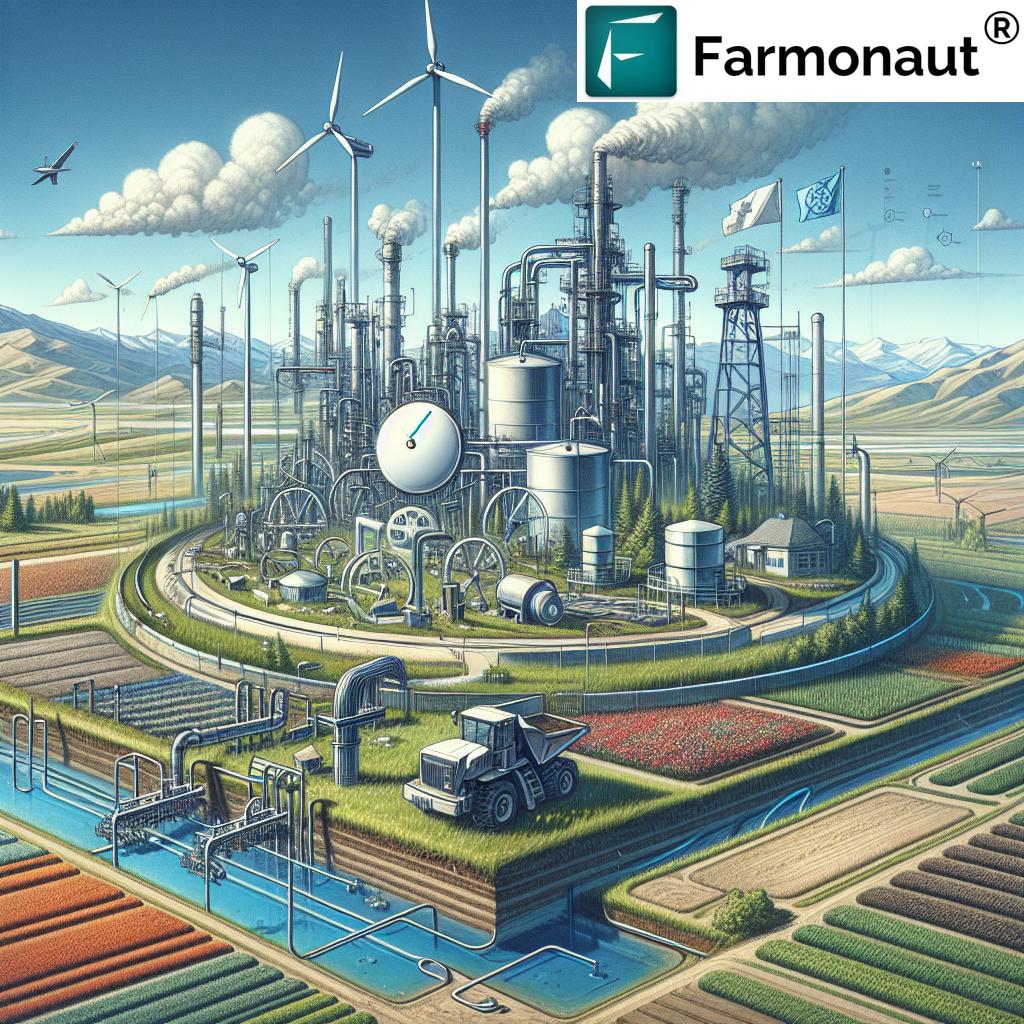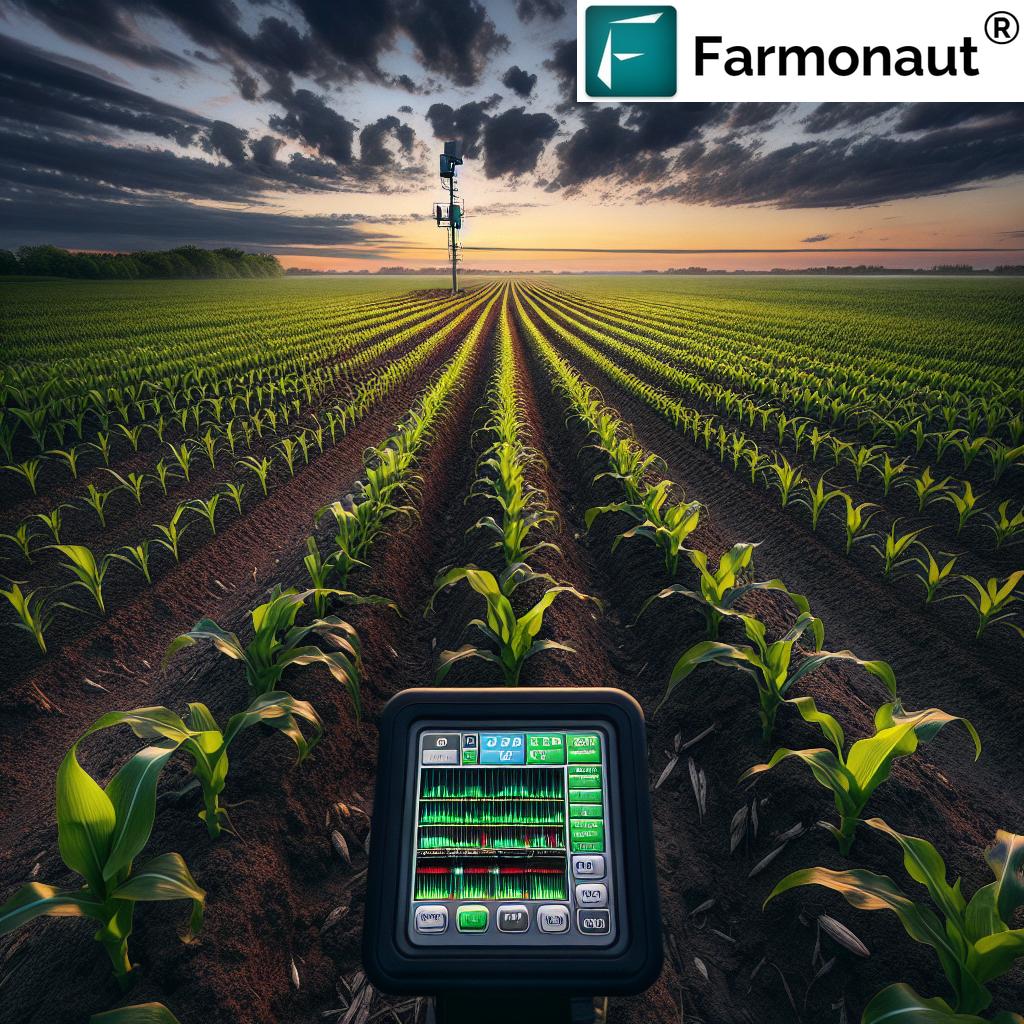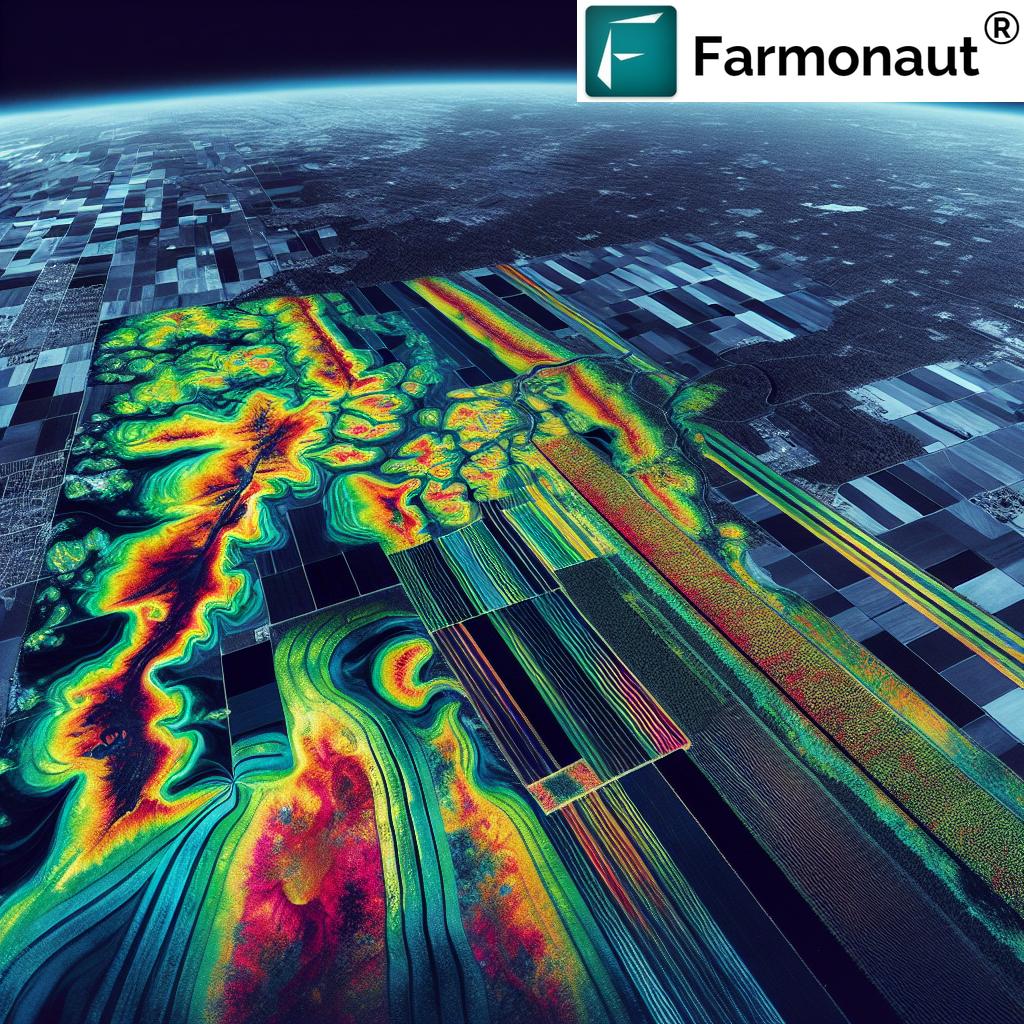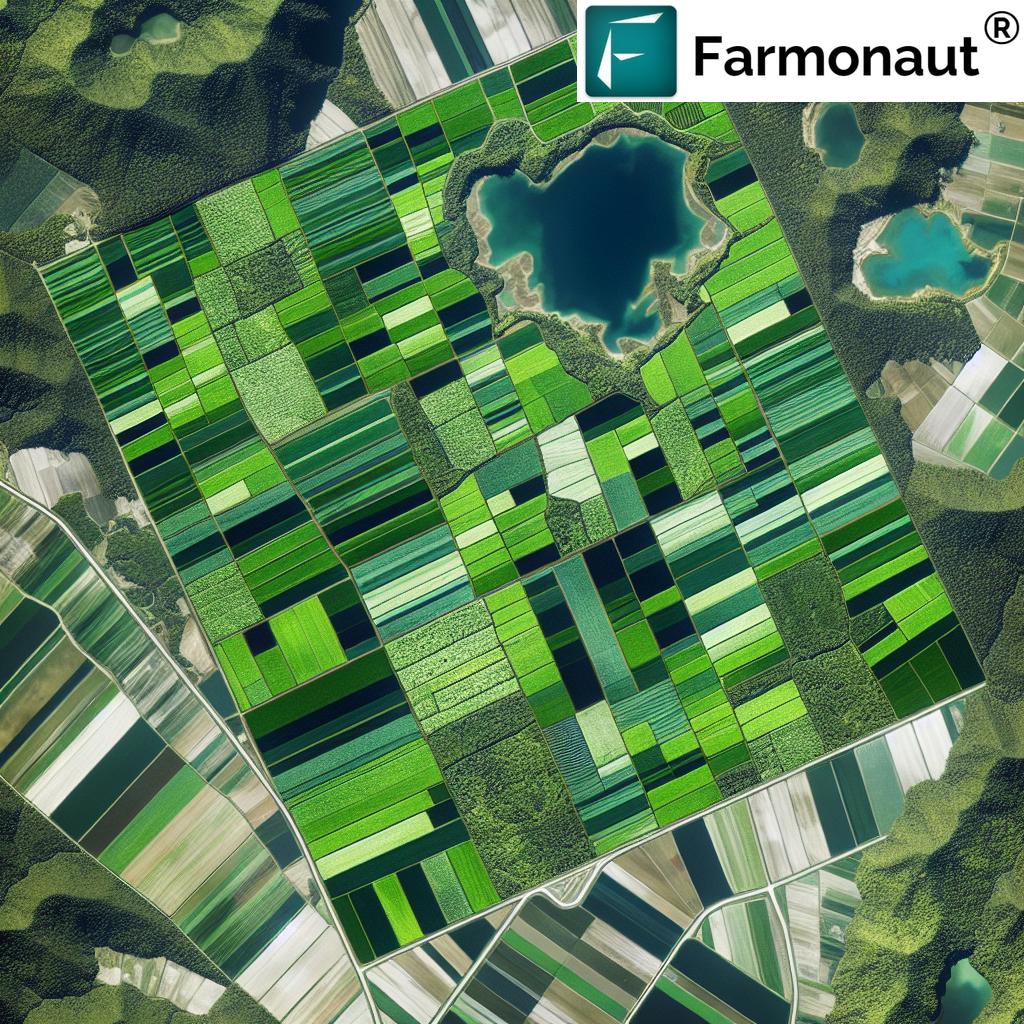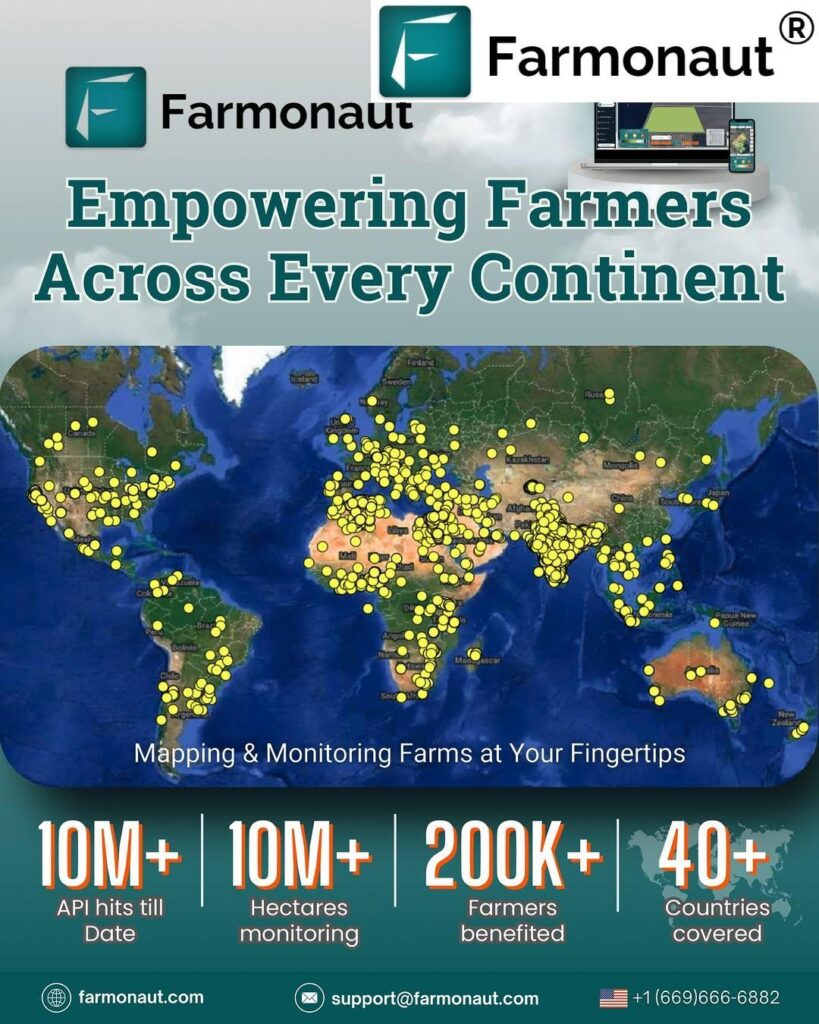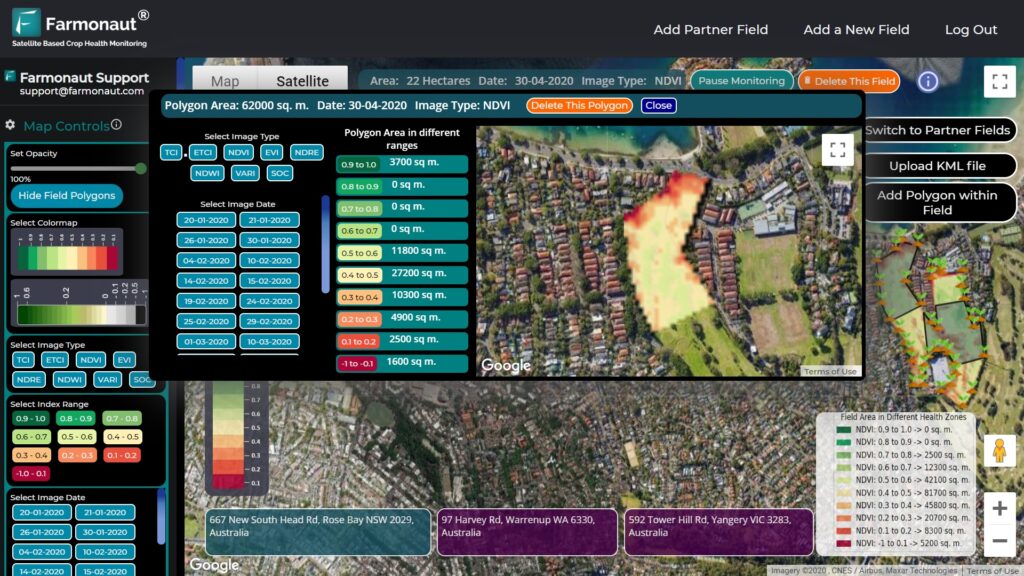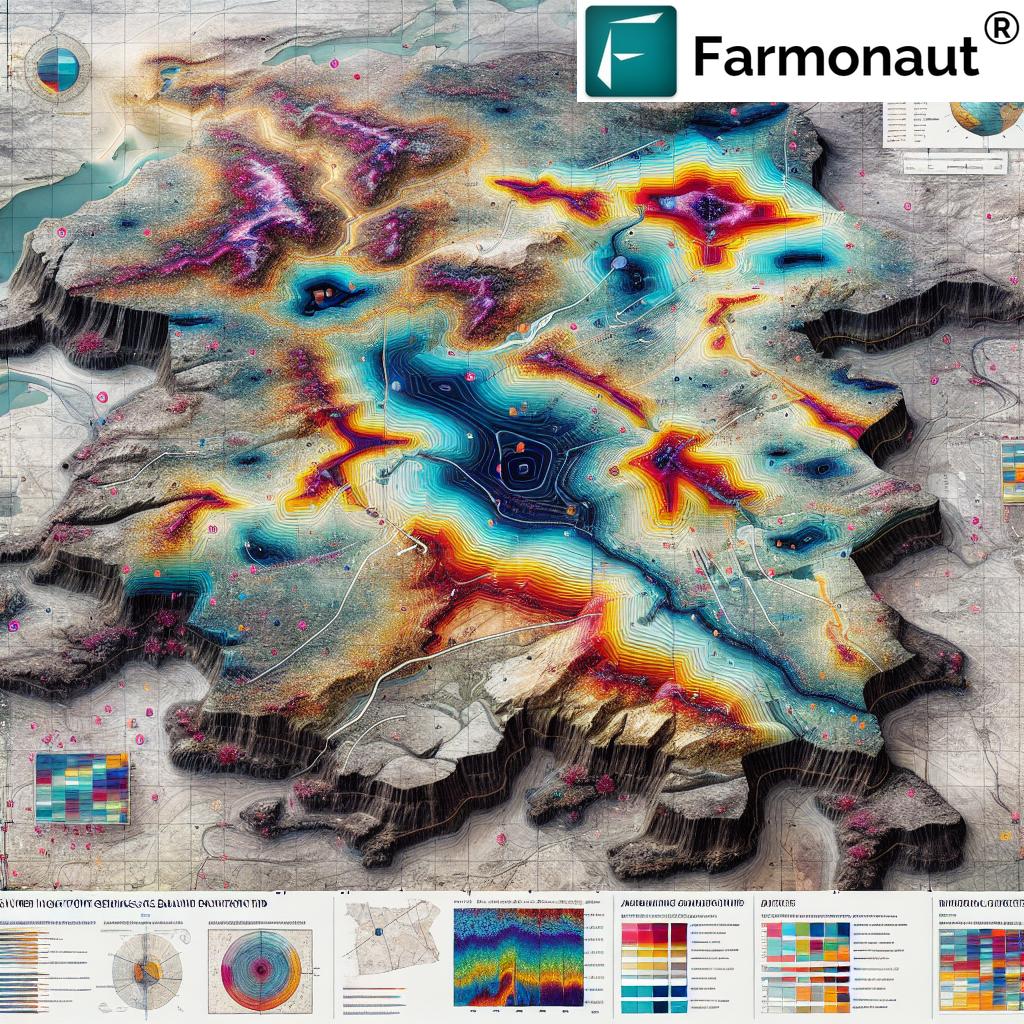“Calgary’s cleantech sector attracted over $500 million in investments in 2023, driving Alberta’s sustainable agriculture innovation.”
Calgary Cleantech Advances: 5 Key Trends Shaping Alberta’s Future
As we examine the landscape of clean technology Alberta and the role of Calgary as a capital for cleantech excellence, we see unprecedented innovation shaping sustainable agriculture and commodity sectors. With commercial plant commissioning in Calgary, oil sands environmental management, and tech-driven soil traceability, Alberta is fast becoming a global leader in next-generation, sustainable production and environmental stewardship.
In this industry-focused analysis, we explore five pivotal trends actively transforming the future of Alberta’s commodity markets, encompassing everything from government funding programs and royalty-based cleantech financing to the role of advanced digital technologies in farm, soil, and input management. With markets evolving rapidly, understanding these developments is crucial for stakeholders, investors, farmers, and policymakers navigating the path to a resilient, low-carbon future.
Comparing Key Cleantech Trends: Calgary & Alberta’s Path to Sustainable Leadership
To frame our discussion, here’s a comparative overview of the five transformative trends in Alberta. We assess their growth potential, key technologies, major Calgary initiatives, and impacts on agriculture.
| Trend | Estimated Market Growth by 2030 (%) | Key Technologies Involved | Major Calgary Initiatives/Companies | Potential Impact on Alberta Agriculture |
|---|---|---|---|---|
| Clean Energy Integration | ~25–30% | Solar, Wind, Bioenergy, Advanced Grid Systems | CVW CleanTech, ENMAX, Calgary Energy Hub | Reduces farm energy costs, lowers emissions, enhances sustainability |
| Commodity Market Innovations | ~20–25% | Royalty-Based Financing, Digital Exchanges, IoT Sensors | CVW CleanTech, Alberta Commodities Exchange | Improved market access for farmers; supports crop diversification and risk management |
| Soil Traceability Solutions | ~30–35% | Satellite Monitoring, Blockchain, Soil Sensors | Farmonaut, Alberta Soil Monitoring Network | Enhances transparency; supports compliance and consumer trust for Alberta products |
| Smart Irrigation Tech | ~22–28% | Remote Sensing, AI, Water Management Platforms | Farmonaut, Alberta Irrigation Innovation Centre | Reduces water usage; increases crop yields and profitability |
| AgriTech Investments | ~40–45% | AI, Big Data, Drones, Satellite Platforms | CVW CleanTech, Farmonaut | Accelerates innovation; broadens access to precision agriculture and smart farm management |
1. Clean Energy Integration in Alberta: The Heart of Clean Technology Alberta
Alberta’s traditional image as a resource-intensive province is rapidly evolving. Calgary now leads the charge in clean technology Alberta, blending renewable energy, digitized grids, and advanced plant commissioning. This transformation is especially evident in the agriculture and oil sands sectors, where clean energy not only cuts operational costs but dramatically reduces environmental footprints.
- Solar and Wind Energy: Farms and agri-businesses in Alberta increasingly deploy solar panels and wind turbines to power commercial facilities, irrigation, and even remote GIS-controlled monitoring stations.
- Bioenergy Initiatives: Waste from crops, livestock, or residual plant matter is leveraged for biogas and biofuel, turning inputs into energy and adding a layer of resilience to agriculture sectors.
- Grid Modernization: Calgary’s plant commissioning efforts incorporate advanced metering and demand-response technologies, key for integrating variable energy sources across rural farm lands and agri-facilities.
The integration of renewables represents a monumental shift, especially as Alberta strives for net-zero emissions. Clean power helps cut fertilizer-production costs, powers large-scale irrigation, and secures a competitive edge for commodities produced sustainably. Stakeholders—farmers, business managers, and regulatory bodies—must consider clean energy adoption as a core agri-business strategy.
“Alberta’s soil traceability initiatives now monitor over 2 million hectares, ensuring transparency and sustainability in commodity markets.”
2. Commodity Market Innovations & Investment: Royalty-Based Financing Fuels Cleantech Commercialization
The rise of innovative commodity market investment strategies — particularly royalty-based financing for cleantech — is a hallmark of Calgary’s resurgence. Alberta’s evolution from a hydrocarbon capital to a leader in commercial adoption of clean technology rests on agile financing models and government support.
- Royalty-Based Investment: Unlike traditional equity, royalty-based approaches provide predictable returns to finance clean technology Alberta initiatives, as seen in CVW CleanTech’s $550 million+ pipeline. These investments are often tied to the output of commodities like hydrocarbon by-products, materials, metals, and agriculture.
- Commodity Exchanges & Digital Markets: Calgary is home to digital commodity exchanges, streamlining transactions and providing real-time pricing data for oil, material, and agricultural products. This empowers farmers and agri-companies to hedge against market volatility and manage risk.
- Policy and Government Programs: Alberta’s government and regulatory programs play a pivotal role by incentivizing cleantech adoption through grants, subsidies, and commercial pilot support for plant commissioning and facility upgrades.
The synergy among market innovation, government funding, and investment is reshaping agricultural and real estate values. Farmers and land-holders are positioned to harness structured commodity revenue while embracing technology-driven efficiency.
Use case: Farmonaut’s API enables developers, financial institutions, and commodity businesses to integrate satellite crop, soil, and water data for loan underwriting, insurance, and investment due diligence. Find detailed developer documentation here.
3. Soil and Environmental Traceability: Transparency in Alberta’s Commodity Chain
Modern soil traceability is at the heart of Calgary’s sustainable agriculture technology revolution, intersecting policy, consumer trust, and compliance. Alberta’s soil traceability programs now monitor millions of hectares, leveraging satellite and blockchain—ensuring the “from farm to table” journey is verifiable and immutable.
- Satellite-Based Monitoring: Providers like Farmonaut supply real-time data on soil moisture, nutrient profiles, and crop health, which is crucial for optimizing irrigation, fertilizer, and pest control schedules, as well as enabling rapid response to disease and weeds.
- Blockchain-Enabled Traceability: Blockchain’s distributed ledger ensures every supply chain event (from planting and harvest, to storage, transport, and sale) is time-stamped and tamper-proof, vital for contracts, crop insurance, and consumer transparency.
- Regulatory & Environmental Management: Oil sands environmental management practices now require verifiable soil restoration and carbon footprinting, with data pulled from connected sensors, drones, and satellite feeds.
By integrating GIS, blockchain, and remote sensing (see Farmonaut’s Traceability Solutions), Alberta not only demonstrates regulatory compliance but also boosts its brands globally. This transparency is invaluable for export markets where “proof of origin” directly impacts pricing and access.
Did you know? Over 2 million hectares of Alberta farmland are now digitally traceable, driving new standards in food safety and environmental responsibility.
Blockchain-enabled traceability isn’t just for big corporations. Alberta’s regulatory drive and consumer demand mean even smaller family farms benefit—by providing proof of sustainable practices, gaining better access to insurance, and qualifying for policy-driven incentive programs.
Explore Farmonaut’s Carbon Footprinting solution for agricultural and real estate clients—track emissions, meet regulatory targets, and improve commodity valuations with quantifiable environmental performance data.
4. Smart Irrigation, Inputs & Resource Management: Digital Transformation of Alberta Agriculture
The adoption of smart irrigation, precision input applications, and AI-driven crop management forms the backbone of Alberta’s new-age farm management. In Calgary, the integration of satellite technologies, irrigation automation, and digital advisory systems is rapidly becoming the norm rather than the exception.
- Remote Sensing & GIS: Multispectral satellite imagery delivers high-resolution maps of crop health (NDVI), soil moisture, input responsiveness, and emerging pest, disease, or weed outbreaks across large-scale farms.
- AI-Based Farm Advisory: Digital advisors (such as Farmonaut’s Jeevn AI) provide real-time weather insights, harvest predictions, and tailored input (fertilizer, irrigation, pesticides) recommendations, boosting resource management and lowering costs.
- Fleet & Equipment Management: Real-time tracking of tractors, irrigation systems, and harvesters ensures optimal usage, reduces downtime, and minimizes fuel and labor costs.
Mobile-enabled, scalable, and subscription-based, these innovations empower everyone from smallholder growers to large agribusinesses in Alberta. As resource prices and climate variability increase, digital management is critical for profit and sustainability.
Maximize operational efficiency: Farmonaut’s Fleet Management tools help agri-business, forestry, and commodity operators reduce logistics and equipment costs while boosting on-farm employment and safety.
For large-scale farm management and plantation oversight, explore the Farmonaut Admin App, designed for agricultural businesses overseeing multisite operations, forest management, and soil conservation in Alberta.
5. AgriTech Investments, Financing, and Government Programs: Scaling Innovation Across Alberta
AgriTech investment in Calgary and across Alberta is witnessing record inflows, fueled by private sector capital, public funding, and innovative insurance and commercial adoption models. This “perfect storm” of opportunity is supported by:
- Venture Capital & Royalty-Based Financing: With a robust royalty deal pipeline, clean technology Alberta innovators can access upfront capital for plant construction and scale-up, repaying investors via commodity-linked revenue streams. This model aligns incentives and spreads risk.
- Government Funding Programs Alberta: From carbon credits to cost-share grants and technology adoption loans, Alberta’s government and municipalities are aggressively driving cleantech growth. Accessing these programs ensures compliance and accelerates commercial adoption.
- Crop Loan & Insurance Innovation: Using digital, satellite-based verification (see Farmonaut’s Crop Loan & Insurance Solutions), financial institutions de-risk lending, support real estate valuation, and improve access to working capital for all farm sizes.
This new finance landscape impacts everything from product pricing and input decisions to land values and employment. Keeping pace with best practices in commercial adoption, policy compliance, and insurance requirements is no longer optional for Alberta’s business leaders.
With a wide range of government funding programs Alberta now available—from agri-tech grants to plant cost-sharing—adopting digital and sustainability-focused solutions delivers a compelling return on investment, both for the environment and the bottom line.
Ready to Join Alberta’s Cleantech Revolution?
Explore our flexible, scalable Farmonaut subscription plans. Unlock the full potential of real-time crop, soil, irrigation, and traceability solutions for Alberta and beyond:
Farmonaut’s Role in Alberta’s Clean Technology & Commodity Ecosystem
At Farmonaut, our mission is to make precision agriculture, soil traceability, and resource management affordable and accessible to farms, businesses, and policymakers across Alberta and Calgary. By leveraging satellite data, blockchain, AI, and advanced analytics, we empower users with:
- Real-time Crop and Soil Health Insights: Drive input efficiency, predict harvest windows, and reduce fertilizer and irrigation waste.
- Environmental & Carbon Footprinting: Meet regulatory targets, lower emissions, and access sustainability-linked finance (detailed at Farmonaut Carbon Footprinting).
- Blockchain-Based Product Traceability: Ensure product journey transparency, critical for branding, contract enforcement, and export market compliance (Farmonaut Traceability Solutions).
- Fleet and Resource Management for AgriBusiness: Optimize machinery usage, cut costs, and improve safety across farms and facilities (Farmonaut Fleet Management).
- Supporting Financial Institutions: Enable satellite-based verification for crop loans and insurance, improving capital access across Alberta’s commodity and agriculture sectors.
Our multi-channel platform delivers these services via user-friendly iOS, Android, and web apps, as well as APIs for integration with government, business, and research systems. Explore and scale with us — Farmonaut is ready for Alberta’s sustainable agriculture future.
Frequently Asked Questions: Cleantech and Agriculture in Calgary & Alberta
What is clean technology Alberta and how is Calgary leading this shift?
Clean technology Alberta refers to the suite of innovative solutions, business models, and regulatory policies aimed at reducing carbon footprints, improving efficiency, and ensuring the sustainable development of commodity sectors like energy, agriculture, and forestry. Calgary is at the forefront, hosting major plant commissioning projects, supporting oil sands environmental management, and nurturing a vibrant cleantech investment ecosystem. The city’s focus on digitalization, renewable energy, and advanced traceability is setting new standards both in Canada and globally.
How does commodity market investment support the growth of Alberta agriculture?
Commodity market investment, especially through innovative models like royalty-based financing for cleantech, provides agri-businesses and producers with the capital needed to adopt new technologies, build or upgrade plants, and access commercial markets. By linking returns to commodity output and supporting digitized exchanges, Alberta farmers benefit from reduced market risk, more stable pricing, and improved access to funding for sustainable operations.
Why is soil and environmental traceability so important for Alberta’s commodity markets?
Soil and environmental traceability ensure that every stage of crop, commodity, or product development is tracked and verifiable. For Alberta, which exports a significant amount of crops and energy products, this transparency is essential for complying with international standards, retaining consumer trust, and enabling the adoption of sustainable agriculture technology. Blockchain and satellite monitoring are two foundational technologies making this possible.
What are the benefits of using Farmonaut’s technologies in Alberta?
Farmonaut’s technologies offer Alberta’s agriculture and commodity sectors cost-effective precision farming, real-time soil and crop health insights, blockchain-based product traceability, carbon footprinting for regulatory compliance, and efficient fleet management. These solutions enhance productivity, reduce operational costs, strengthen market access, and empower compliance with evolving sustainability standards.
How can I access Farmonaut’s platform for Alberta farm management?
Access to Farmonaut’s platform is available through our web application, dedicated Android and iOS apps, as well as API integration for enterprise users. Flexible subscription packages support everyone from single-farm users to large-scale agri-enterprises and government agencies, ensuring scalable, data-driven farm management for Alberta’s dynamic commodity landscape.
Conclusion: Alberta’s Cleantech Future Is Now
Calgary’s commitment to clean technology, innovative market and financing models, comprehensive soil traceability, and smart input management is reshaping Alberta’s future. Investments in plant commissioning, digital soil data, and sustainable business practice not only enhance yields and market value—they lay the foundation for resilient, responsible, and profitable agriculture and commodity markets.
As a leading provider of agricultural and environmental technology solutions, Farmonaut enables stakeholders across Alberta to meet evolving industry, regulatory, and consumer demands. Together, we are building the blueprint for sustainable, technology-enabled farming and commodity management—positioning Alberta as a global leader for decades to come.
Summary
Farmonaut is an agricultural technology company delivering affordable, satellite-based, and blockchain-powered management solutions. Our platform supports stakeholders in Alberta and Calgary with real-time monitoring, precision input advisory, resource management, and product traceability—driving cost savings, sustainability, and efficiency across the farm and commodity supply chain. We are not a marketplace, input manufacturer, or regulatory agency, but a digital partner for smart, data-driven agriculture and commodity market innovation.





